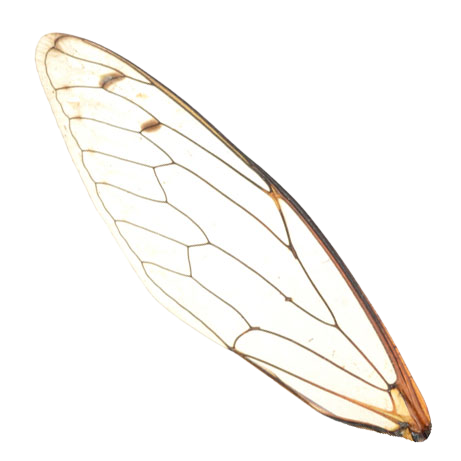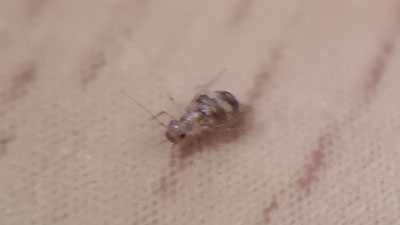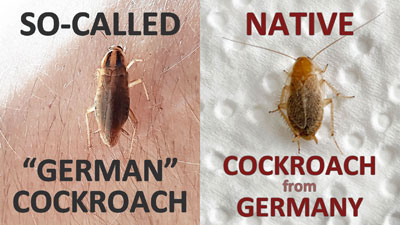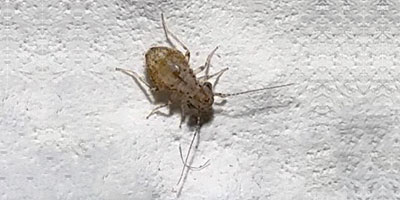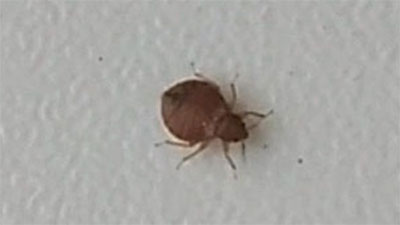If I see the phrase “new apartment” or “new house” in an email for identification, I am ready to see a photo or video of booklice in the attachment to the letter. And so it is this time: my viewer wrote that he moved into the new apartment and discovered that such tinies had already settled here…
The most noticeable thing about them is their eyes. At first glance, it may seem that this insect is similar to the fairly common larger pale booklouse Trogium pulsatorium. But in the macrophoto one detail of its morphology attracts attention – its huge eyes:
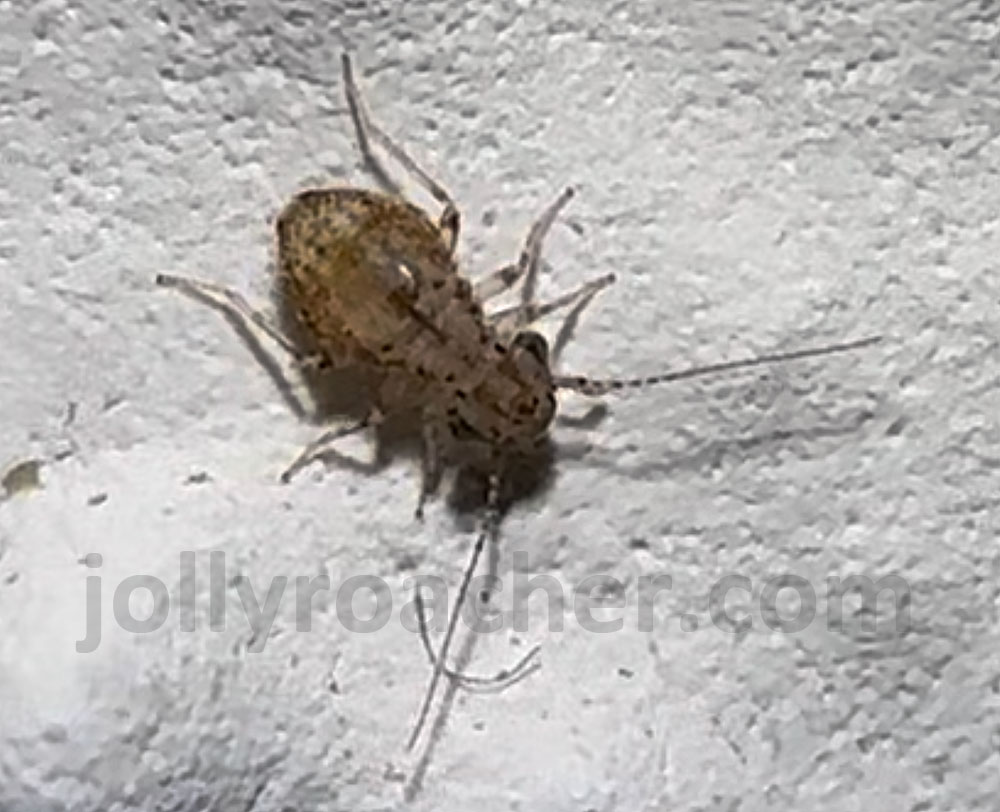
Indeed, although the larger pale booklouse’s eyes are large, they are still not that big. Therefore, it is logical to assume that the hero of this post belongs to the family Trogiidae, but not to the same genus as the Trogium pulsatorium.

Most likely, we are looking at Cerobasis guestfalica, a booklouse widespread throughout the world. Most often it is found in grain and food products storage facilities, but it does not neglect residential premises where it can feast on cereals.
Most species of the genus Cerobasis are as “big-eyed” as our individual, and it is impossible to reliably identificate their species from a photograph, even if it is so close and detailed. Therefore, we can be sure that this is a representative of the genus Cerobasis, and although not for sure, but highly likely it is Cerobasis guestfalica – as the most widespread species its representatives are the most likely to settle in the apartment of my viewer.
Interestingly, Cerobasis guestfalica is not as microscopically small as most synanthropic booklice. The length of such an adult individual is about 1.5 mm, so they can be seen with the naked eye.
Is Cerobasis guestfalica harmful of dangerous?
It is clear that even more than identification of these insects, the owner of the apartment was worried about their harmfulness or even danger. I explained to him that there was no danger from them. The worst thing they can do is to spoil a stock of some cereal in an open and forgotten package. If such cereals or pasta are not used for a long time, insects feed on them for a long time, leave feces in it, and eventually stain it so much that it becomes unfit for eating by people. If there are no such long stored products in the house, then these insects will not cause any harm.
So if you find such big-eyed booklice in your home, don’t worry. You can simply kill them when you come across them, and over time they will all disappear.
Just in case, look at other photos and videos of booklice – perhaps the insects in your house look a little different and belong to a related species.
If you couldn’t identify the type of insects you found at home, then send me photos and videos of them to my e-mail. I will try to recognize and tell you who settled with you in your apartment.
And if my work helped you, you can support my identification project with a donation, and I will post even more useful photos and videos of domestic arthropods.
